A history of chemical weapons: From the Ancient Greeks to Assad's Syria
Chemical weapons have been used in war since ancient times.
For many years the international community has tried to prohibit chemical weapons, with the first concerted effort occurring in western Europe in the late 17th century.
But crude chemical weapons have been in use since antiquity, despite recent innovations and scientific discoveries – which make their destructive capability significantly greater – they are not a modern invention.
This is a brief timeline of the use and development of chemical weapons throughout history, and later efforts to banish them.
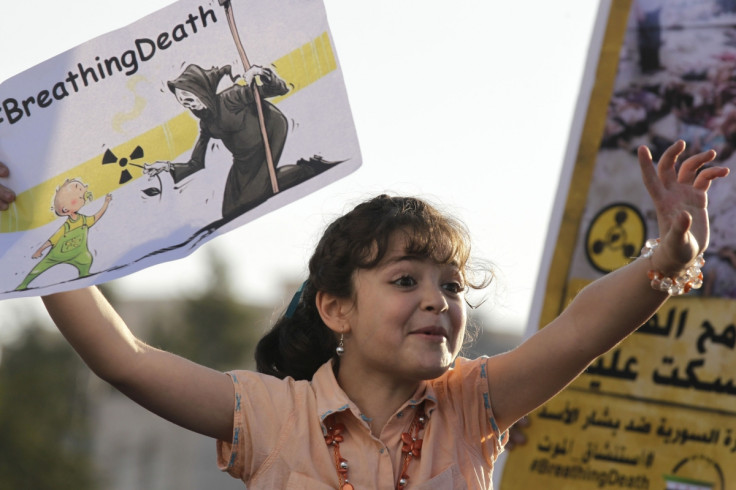
428BC - Siege of Plataea
Wood was saturated with pitch and sulphur by the Spartan army besieging the Athenians at Plataea. It was burned under the city walls, giving off arsenic smoke, poisoning those who inhaled it and spreading panic.
700 - Tang dynasty China
Gunpowder had been around in ancient China for several centuries already, but it wasn't until the Tang dynasty that it began to be used for fireworks, and soon weapons. By the time of the Song dynasty, which stretched from 960 to 1279, gunpowder was being infused with poisons and used in firework-like arrows and bombs, which were deployed against the Mongols.
1500 - Leonardo da Vinci
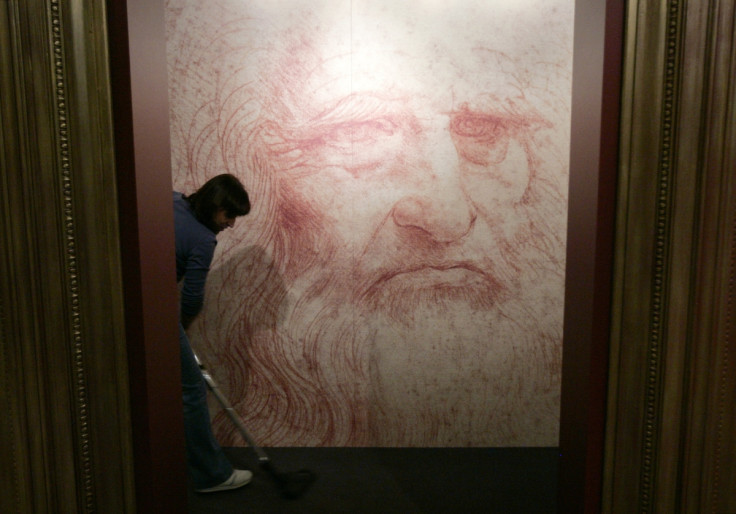
The Italian polymath, whose talents spanned mathematics, sculpture, painting, and inventing, designed a shell filled with noxious chemicals that could be fired at ships, poisoning those close to the explosion. These shell designs were later developed and used.
1675 - The Strasbourg Agreement
A landmark moment in the history of chemical warfare, the agreement was a treaty between France and Germany to not use poisoned bullets – by now a common feature in European armed conflict – in fighting against each other. It is thought to be the first international agreement of its kind.
1844-5 - The French in North Africa
During the Colonial wars, Louis-Eugene Cavaignac, a French general, used what was described as "poison fog" against a Moroccan tribe. A year later, in 1845, the French in Algeria used smoke – possibly the same poison fog as Cavaignac's – to kill at least 1,000 Kabyle people who were hiding in a coal mine.
Around the same time in history, the British during the Crimean War considered, but rejected, proposals to use shells filled with deadly chemicals against the Russians. And during the American Civil War, Unionist generals mulled using chlorine bombs against the Confederates.
1874 - Brussels Declaration
A draft declaration agreed at the end of the conference, called for by the Russian Tsar Alexander II, and involving delegates from 15 European states, outlawed the "employment of poison or poisoned weapons" in war. It was never ratified, but was a symbolic step towards what would come many years later.
1899 - The Hague Convention
Another attempt at securing agreement on banning the use of poisons in war, it was initially ratified by 27 states and joined by the UK in 1907. The United States did not ratify the treaty.
1914 - World War One
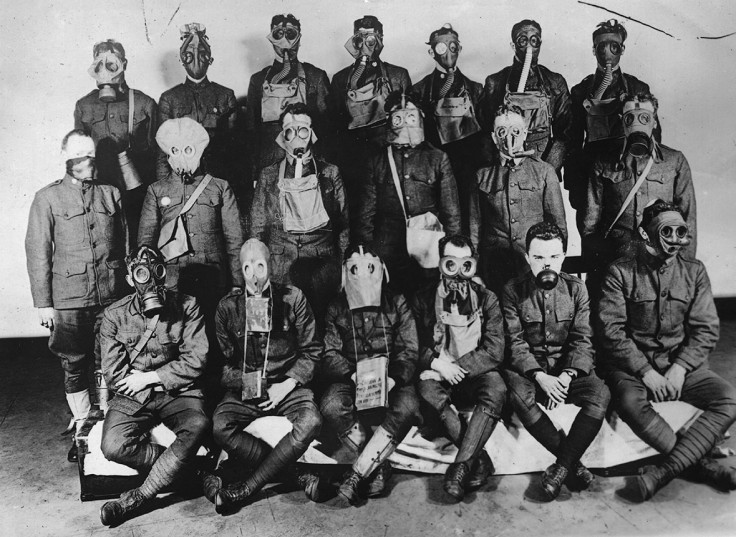
The First World War saw previous commitments by the major powers using poison gas as a weapon of war abandoned. Around 100,000 people died between 1914 and 1918, the end of the war, because of chemical weapons. The likes of mustard and chlorine gases were pumped into the trenches, causing death and grave injuries, such as burns and blindness.
1925 - Geneva Protocol
With wounds from the First World War still raw, the League of Nations, a precursor to the UN, agreed to the 1925 Geneva Protocol, which prohibited "the use in war of asphyxiating, poisonous or other gases, and of all analogous liquids, materials or devices".
1945 - World War Two
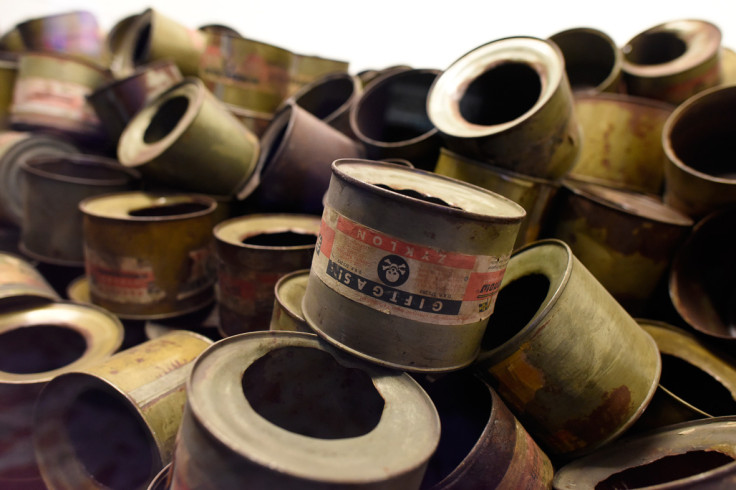
By the end of the Second World War, chemical weapons had not been used in Europe, despite being stockpiled by both sides of the conflict. The Nazis had, in the 1930s, developed the deadly nerve agents sarin and tabun. Fear of retaliation in kind prevented their use as a weapon of war.
Chemical agents, however, were used by the Nazis – primarily Zyklon B – to gas millions of people to death, mostly Jews, in their death camps. In the Asian theatre, Japan used chemical weapons against Chinese troops.
1960s - Agent Orange
The US sprayed a herbicide called Agent Orange over the jungles of Vietnam, during the war, to clear areas used as cover by the Viet Cong. The consequences were devastating for the civilians exposed to the toxins, who suffered from cancer, tumours and birth defects.
1975 - The UN bans biological weapons
Over the course of the 20th century, before and after the Second World War, a number of horrific chemical and biological weapons had been developed. Finally, in 1975, the UN Biological Weapons Convention outlawed the development, production and stockpiling the latter. It also forced signatories to be transparent about their research activities and inspections are conducted. But it would be two decades before the same would happen for chemical weapons.
1988 - The Halabja chemical attack

The Iraqi dictator Saddam Hussein attacked the Kurdish city of Halabja using chemical weapons, killing around 5,000 people and injuring many more, mostly civilians, including children. Harrowing images from the slaughter – one of the worst chemical attack in history – are broadcast across the world.
1997 - The UN bans chemical weapons
The Chemical Weapons Convention comes into force, outlawing all chemical weapons and creating the Organisation for the Prohibition of Chemical Weapons (OPCW), which oversees the monitoring of countries and ensures the destruction of known chemical weapons stockpiles. The convention has stringent verification processes for making sure stockpiles are destroyed.
2013 - Chemical weapons used in Syria
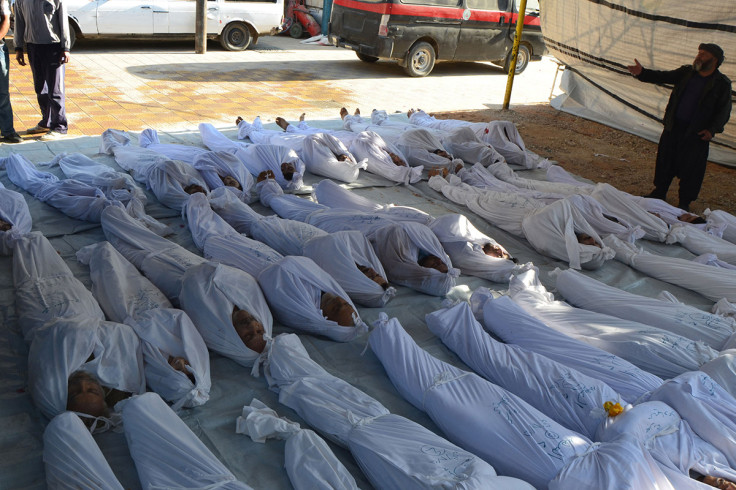
Syrian forces, allegedly loyal to dictator Bashar al-Assad, launched a chemical attack using the nerve agent sarin on the rebel-held areas of Ghouta, a suburb of Damascus, leaving hundreds dead, including children. The US President Barack Obama declares that a line has been crossed in the Syrian civil war, raging since 2011, but cannot win support in Congress for air strikes on Assad, who denies ordering the chemical attack.
2017 - Khan Sheikhoun
Scores die, including children, in what appears to be another sarin attack, this time at Khan Sheikhoun, in Syria. The Western world puts the blame at the feet of Assad, who denies responsibility. President Trump orders a missile strike against a Syrian airfield suspected of being the launch base for the attack, provoking condemnation by Syria's allies Russia and Iran.
On a much smaller scale in the same year, the North Koreans, who have stockpiles of chemical weapons, assassinate the leader Kim Jong-un's exiled brother, Kim Jong-nam, using the VX nerve agent.
© Copyright IBTimes 2025. All rights reserved.






















